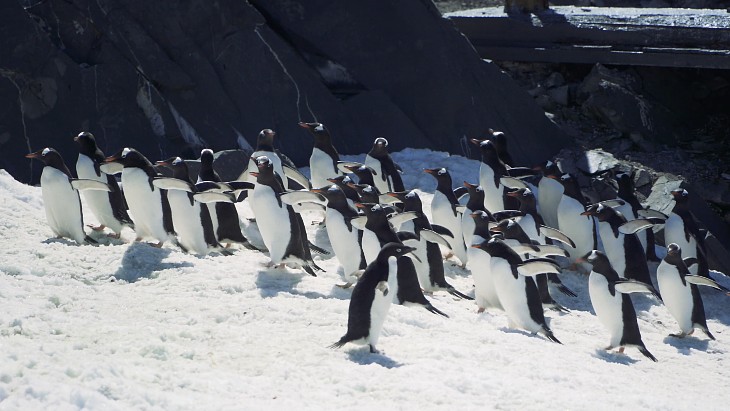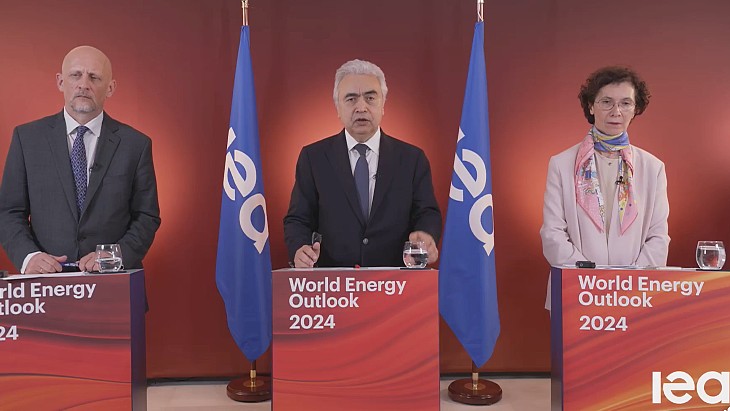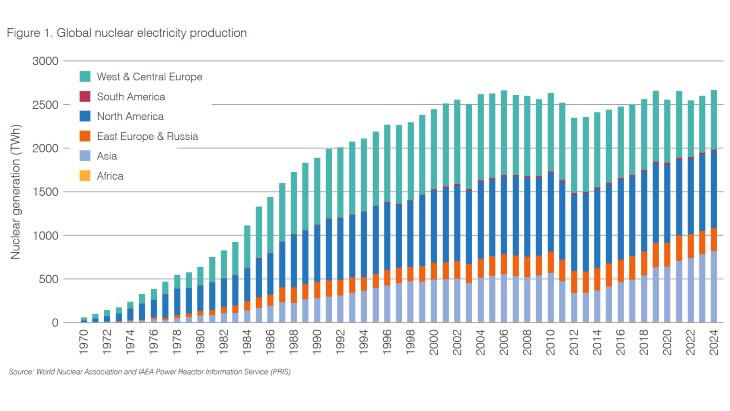 His remarks were made when presenting his company's climate change study, "a comprehensive worldwide compilation of possible measures to safeguard the climate."
His remarks were made when presenting his company's climate change study, "a comprehensive worldwide compilation of possible measures to safeguard the climate." Taking into account all possible ways to curb climate change, the study concludes that limiting carbon dioxide concentrations in the atmosphere to 450 ppm would cost about 0.6% of global gross world product. This compares favourably with the British government's Stern Review which put the cost at 1%, but Vattenfall include the caveat that "all identified potential" must be exploited.
Many climate scientists believe that stabilisation at 450 ppm would still cause an increase in global average temperatures of 2 degrees Celsius.
Vattenfall's work has produced the Climate Change Impact Abatement Map that Josefsson described as "the first global map for measures to curb climate change," adding: "We must immediately set up a global policy network to enable us to exploit the potential described here. One absolutely vital precondition is that we put a binding global price on the emission of greenhouse gases."
The study concludes that reductions potential is quite evenly distributed between sectors and geographic regions. Stand-out areas include the 45% of emissions reductions potential that was found in the industry and energy sectors, and the 40% of climate protection potential that was identified in developing and threshold countries.
According to the report, emissions from the power sector can be reduced by about 6 billion tonnes of carbon dioxide equivalent through increased use of renewables, nuclear, carbon capture andstorage, fuel switch from coal to gas and demand reduction.
It was estimated that the average overall cost of avoiding emissions would be about Eur15 ($20) per tonne of carbon dioxide, although about 40% of reductions in industrialised countries can finance themselves in energy cost savings due to "considerable hidden possibilities."
Further information
Vattenfall
Vattenfall's Climate Change Impact Abatement Map
WNN: Stern Review published conclusions





_99697.jpg)

_70008.jpg)




